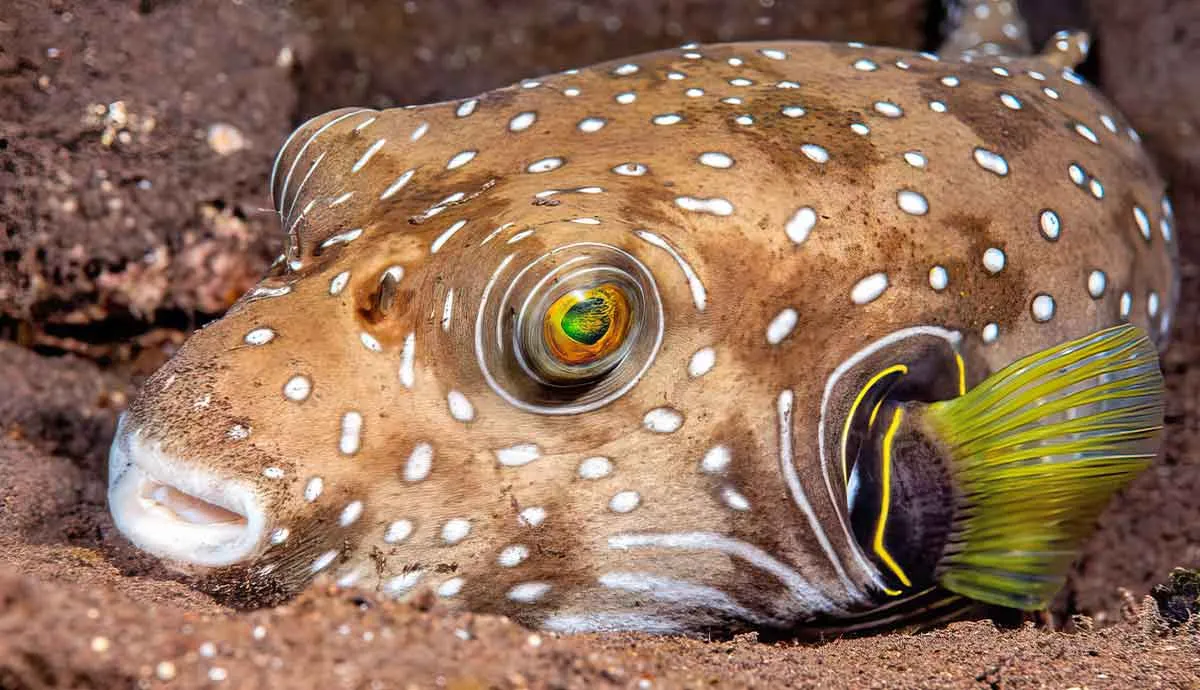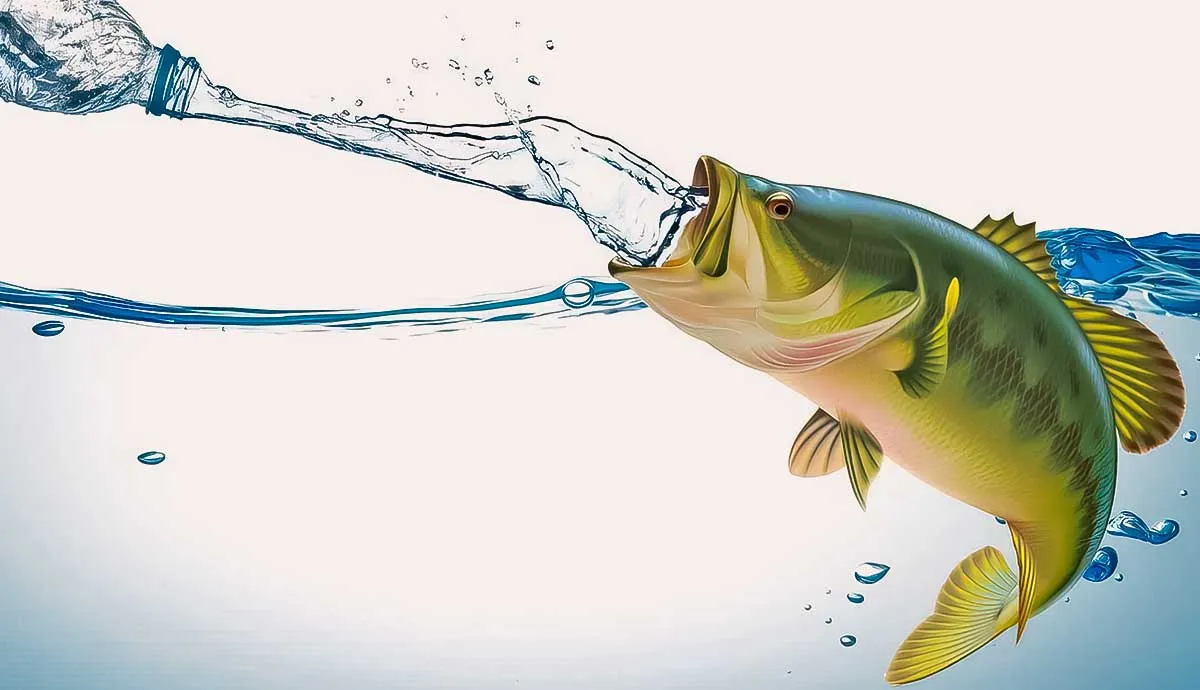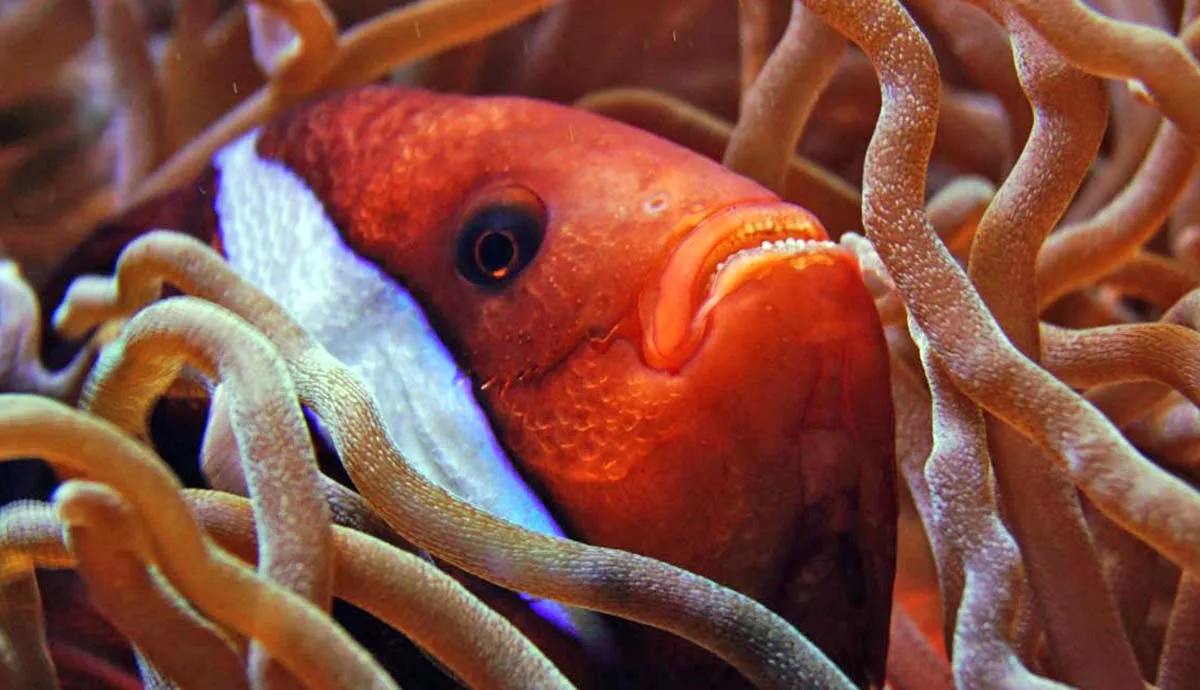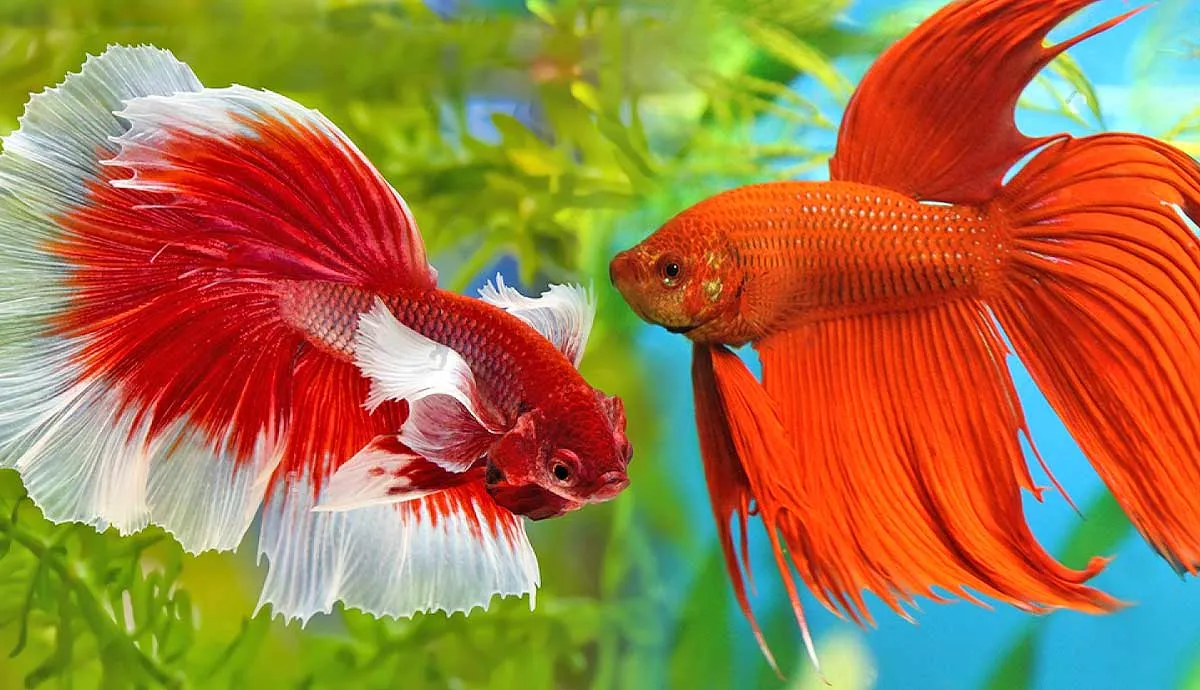Today, we’ll address one of the most common questions about fish: do all fish have teeth? The answer is yes! All fish have teeth, but they differ in shape and placement based on the fish’s diet and environment.
For instance, some fish, such as herbivorous species that consume plants, have small, flat teeth for grinding and crushing vegetation. Carnivorous species, on the other hand, feature sharp, pointed teeth that help them catch and hold onto prey.
Some species don’t have teeth at all. Instead, they have specialized structures, which we’ll discuss below. If you’re interested in learning more about fish teeth, keep reading!
Do All Fish Species Have Teeth?
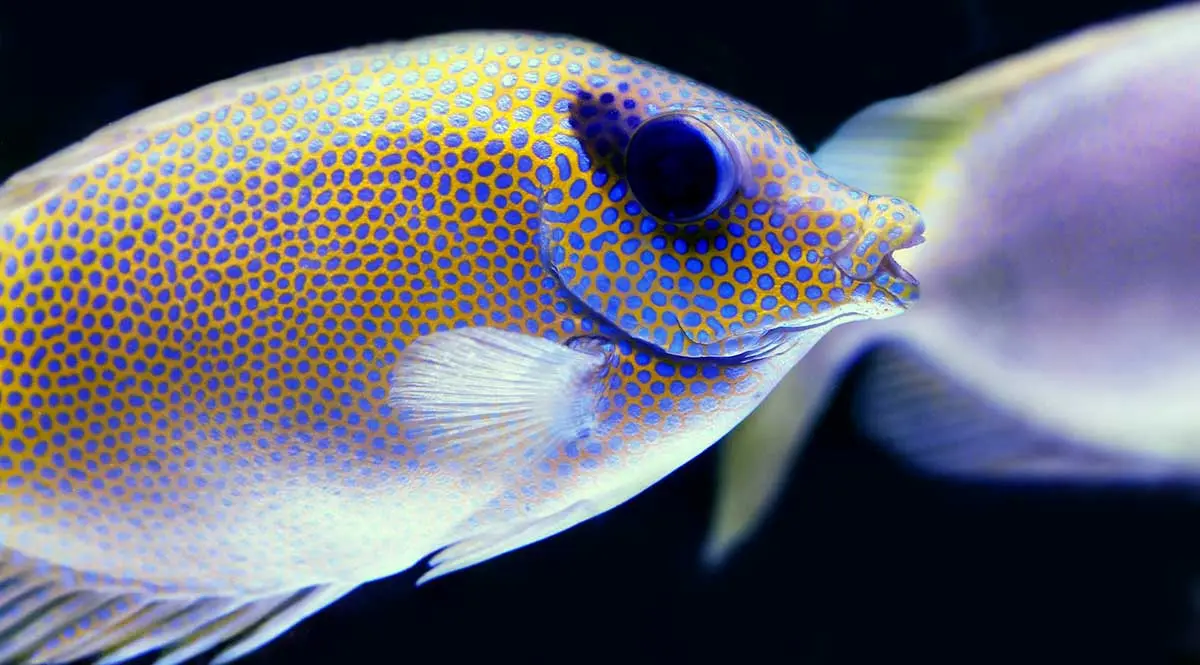
Most fish species have teeth, but some, like filter-feeding fish, parasitic fish, and catfish, don’t. Additionally, the structure and placement of teeth in fish depend on their diet and habitat.
For example, predatory fish that eat their tankmates have canine and incisor-like teeth for grabbing, holding, and grinding prey. Some also have flat molars for crushing shells.
Herbivorous fish, on the other hand, have teeth for cutting vegetation, resembling a beak-like structure or individual incisors.
Interestingly enough, fish teeth can be found in various locations in the mouth, including inside the lips, along the jaws, on the tongue, or in the throat (pharyngeal teeth).
Let’s explore fish anatomy further!
Types of Teeth in Fish
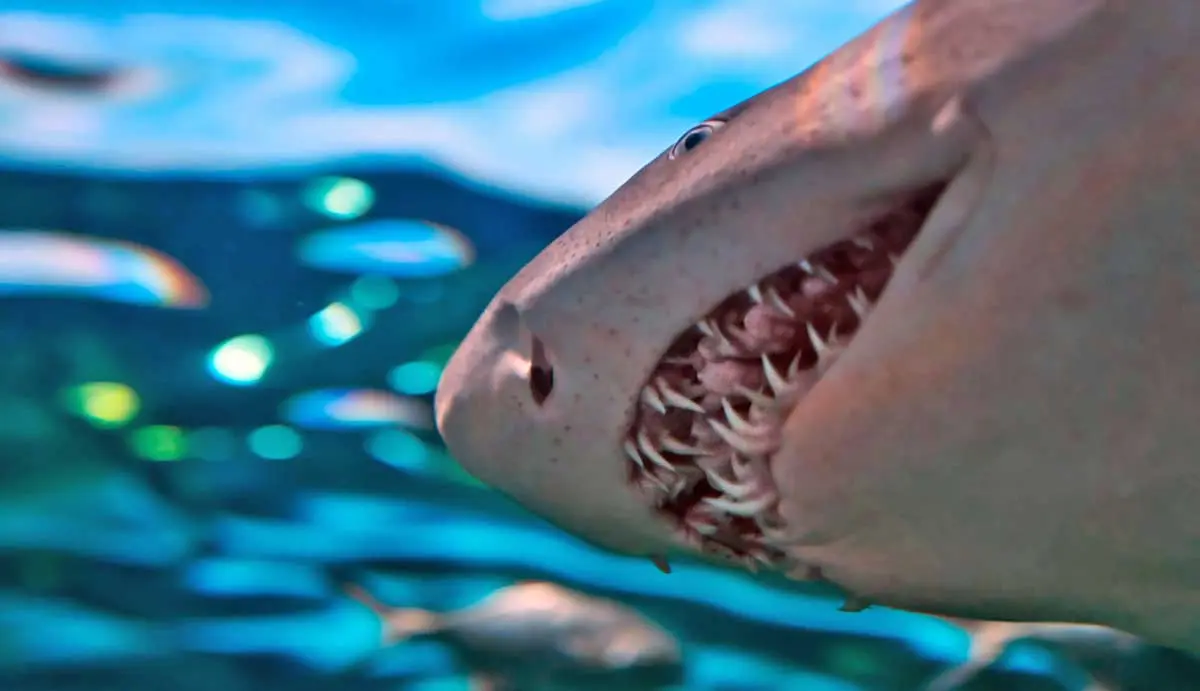
As we already established, fish teeth come in a wide array of shapes and forms. That being said, let’s look closely at different types of fish and their teeth.
Carnivorous Fish
These fish rely on teeth for hunting and eating other animals. Think of sharks with their iconic rows of teeth. They’re constantly being replaced throughout their lives, ensuring they’re always ready for action.
Additionally, they’re not firmly rooted in their gums like human teeth but embedded and move forward like a conveyor belt as they grow, ensuring a continuous supply.
Other predatory fish, like piranhas, replace all their teeth on one side of their jaw at once, which is quite a spectacle!
Herbivorous Fish
These fish have teeth specialized for munching on vegetation—picture fish like the parrotfish, with beak-like teeth perfect for scraping algae off rocks.

Moreover, different types of species of cichlids have unique teeth based on their diet. Some have sturdy molars for crunching through tough plant matter, while others have sharp, pointed teeth for snagging smaller prey.
Interesting Fact
Teeth in fish aren’t just about eating! They can also play a role in fish reproduction. For instance, male salmon develop hooked jaws known as “kypes” during spawning season, which they use for establishing dominance during fights for mates.
Similarly, some cichlids have jaws that twist left or right for eating scales from specific sides of their prey.
Then there’s the stoplight loosejaw with teeth like fangs and a big mouth for hunting in the dark, as well as the pelican eel with really big jaws that can eat animals larger than itself!
What Fish Do Not Have Teeth?
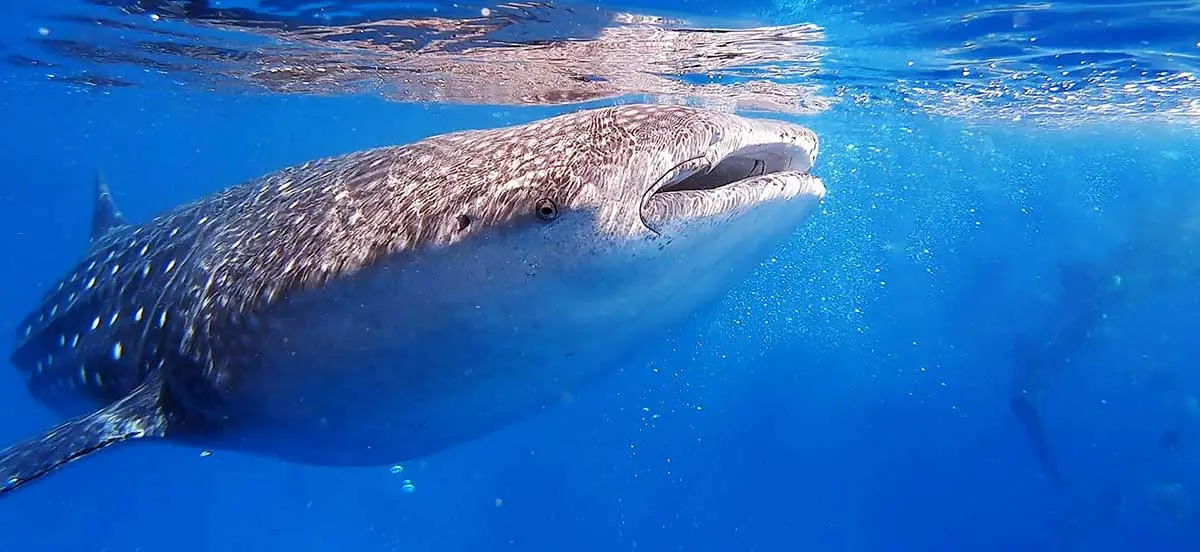
Some fish species don’t have teeth or have very reduced dental structures. Let’s learn more!
Filter Feeding Fish
The whale shark and the basking shark don’t have teeth. Instead, they have specialized structures called gill rakers that help them filter small organisms from the water as they swim.
Parasitic Fish
The hagfish and lamprey have a specific way of feeding. They actually attach to other fish and feed on their bodily fluids, hence their name. They typically lack true teeth and instead use a rasping tongue or specialized mouthparts for feeding.
Catfish
While many catfish species have teeth-like structures called “odontodes” in their mouths, some catfish, such as the Mekong giant catfish, have very small or no teeth at all.
Do Goldfish Have Teeth?

Goldfish, one of the best fish breeds for first-time owners, absolutely have teeth. In fact, they have pharyngeal teeth located in their throat area, which they use for grinding and processing food.
You can’t see them from the outside, but they’re helping goldfish break down meals and digest their food properly.
Do Betta Fish Have Teeth?
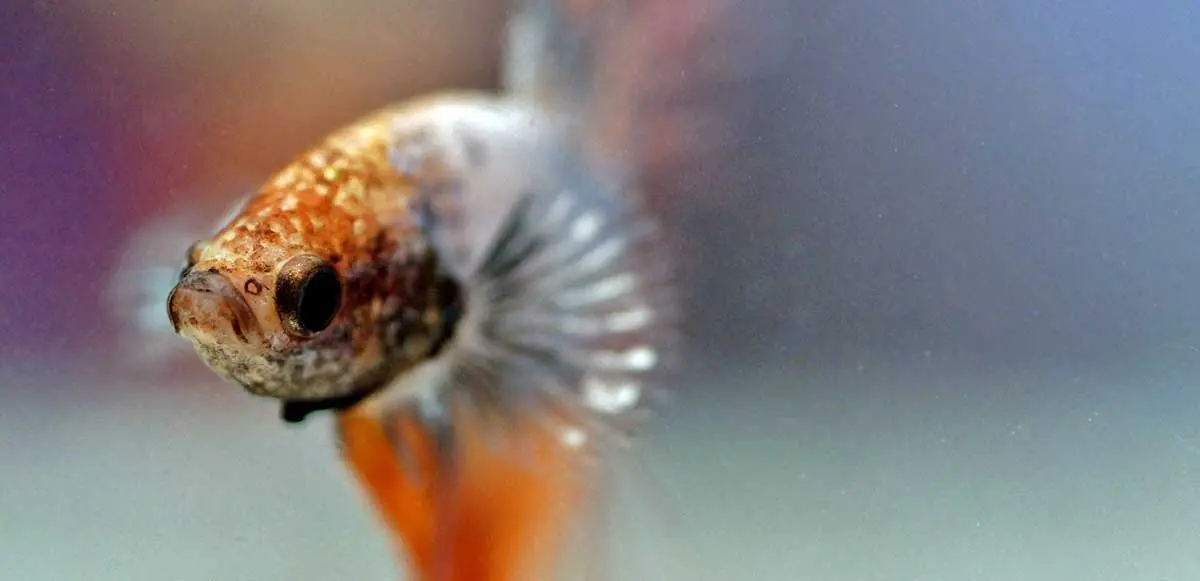
Betta fish make good pets, and yes, they have teeth, primarily sharp ones along their jaws. They’re not as prominent as those of other fish species but help bettas grab and eat their prey (small insects and larvae).
Do Small Fish Have Teeth?
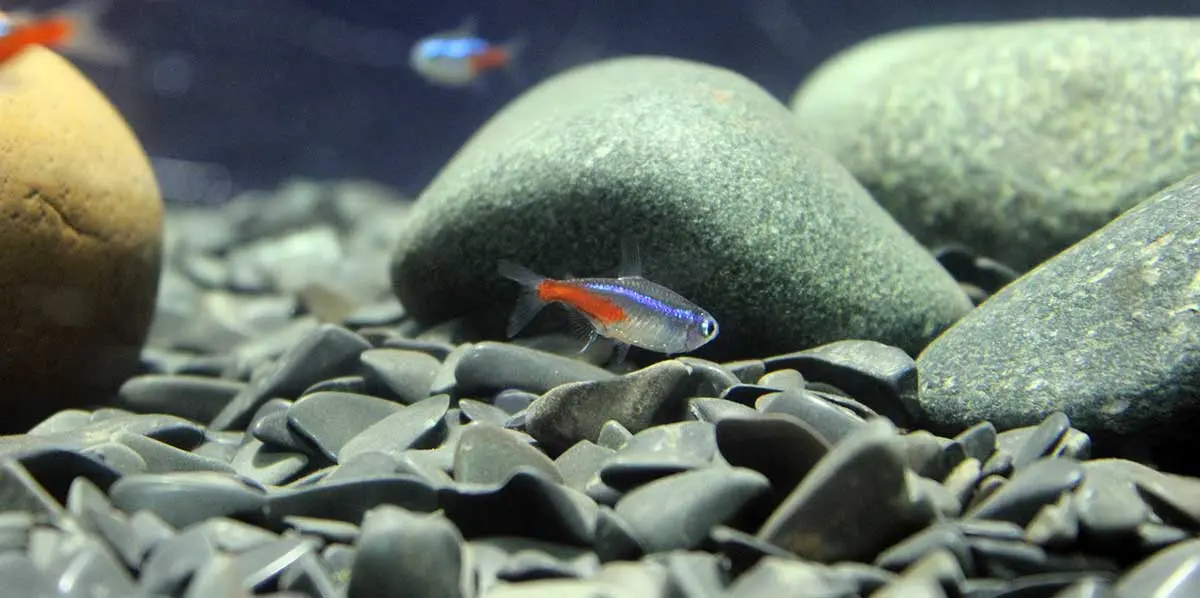
Even the smallest fish, such as goldfish, minnows, and tetras, have teeth.
They’re often in the form of pharyngeal teeth located in their throat area, and they help small fish process food and extract nutrients from their diet effectively.
While not visible externally, they still play a crucial role in the digestive process of these low-maintenance aquarium fish.
What Fish Has a Full Mouth of Teeth?
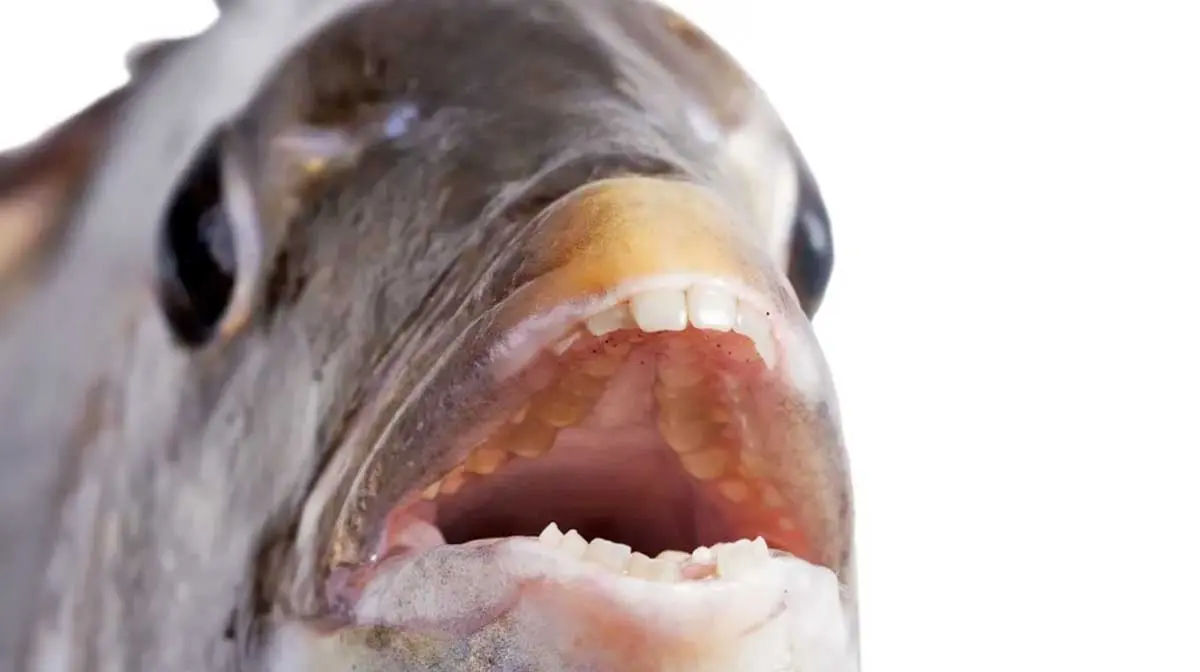
Some fish species, like the Sheepshead fish and the Pacu fish, have gained popularity for their unique teeth.
The Sheepshead fish has a full mouth of teeth resembling human molars and incisors. In fact, they have two rows of molars in their lower jaws and three rows in their upper jaws. They also have incisors at the front and grinding teeth at the back, so they’re well-equipped for destroying prey.
The Pacu fish also has a remarkable set of teeth. This fish is actually a relative of the infamous “human-eating” piranha and has square and human-like teeth.
Pacu fish have developed this type of teeth because of their omnivorous diet. However, unlike their piranha cousins, Pacu fish have less sharp teeth for crushing and grinding plant matter.
Conclusion
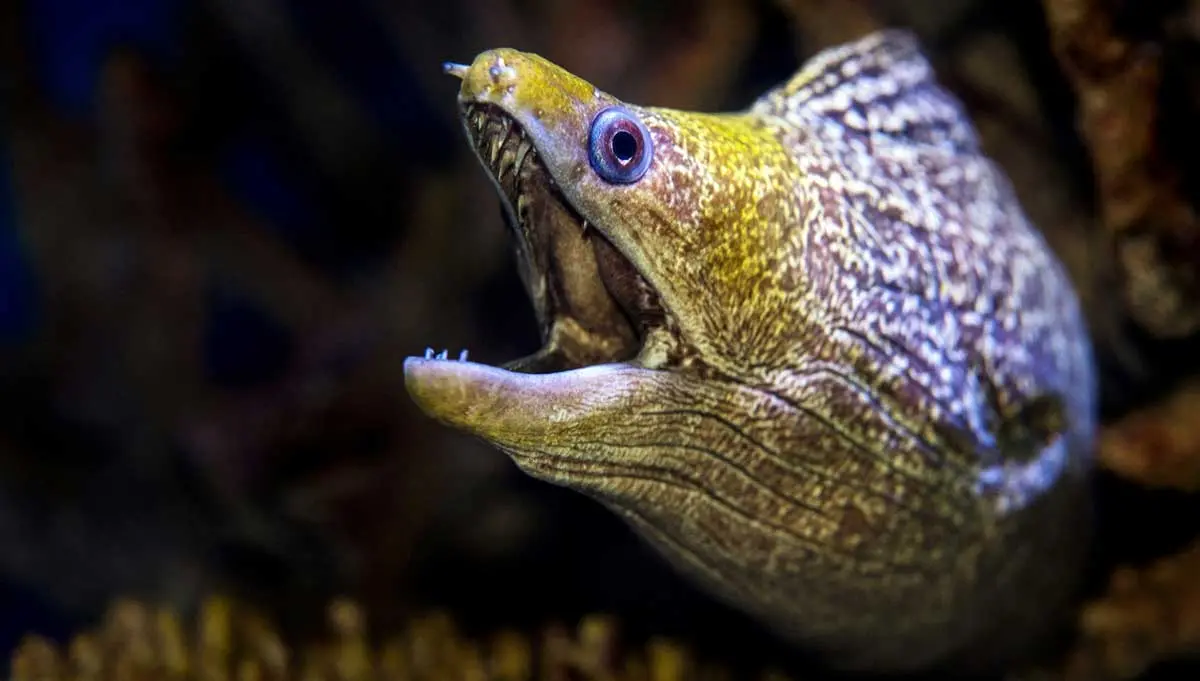
In summary, fish have a variety of teeth adapted to their diets. Nevertheless, most make great pets because they can bond with humans and affect our mental health positively.
Hopefully, this article has answered some of your questions regarding fish teeth, helping you appreciate these amazing creatures even more!


